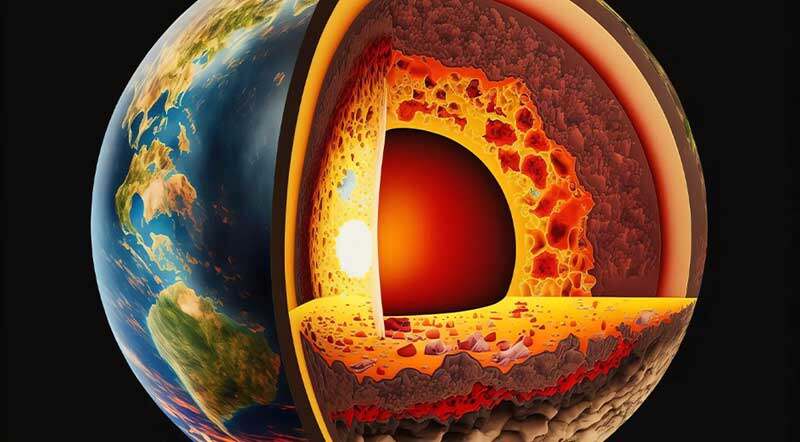A study led by The University of Western Australia has provided new insights into the formation of Earth’s continental crust.


Dr Jack Stirling, from UWA’s School of Earth Sciences, was lead author of Formation of lower arc crust by magmatic underplating revealed by high-precision geochronology, published in Geology.
The project aimed to uncover the mysteries of continent formation and explain why we are not living underwater.
“For decades geologists have proposed that Earth’s continental crust originates in subduction-related magmatic island arcs — like those encircling the Ring of Fire in the Pacific Basin,” Dr Stirling said.
“Researching the crust’s origin has been difficult as only two places on Earth — the Talkeetna Arc of Alaska in the US and the Kohistan Arc Complex in northern Pakistan — offer complete crustal cross-sections of island arcs and both are in remote areas.”
The geochemical data modelled at these sites indicated hot mantle magma from the Earth’s depths surged upward, stalled beneath the Earth’s surface and transformed into different types of rocks.
“Some of these rocks, filled with certain minerals, become heavier and sunk back into Earth’s depth,” Dr Stirling said.
“This created a fresh surface for more rocks to underplate and the cycle was repeated resulting in rock formations similar to those found in the Earth’s continental crust.
“The findings suggest that in places where island arcs form, the deeper rocks are typically younger.”
Dr Stirling backed up the modelling by dating rocks from the Kohistan Arc Complex using high-precision geochronology on zircons.
The research found a clear pattern of younger aged rocks with depth across successive cumulate formations, which supported the hypothesis that underplating and delamination are integral processes in continental crust formation.






































